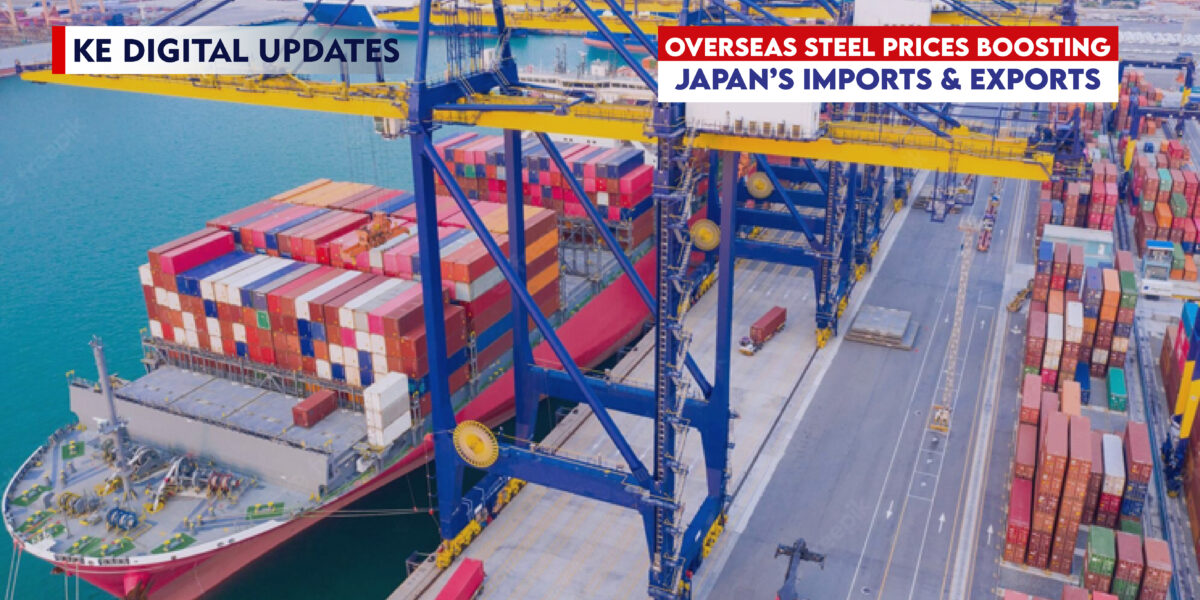Japan’s steel export and import volumes are moving on the wrong track. Steel exports are decreasing while imports are increasing. According to the Ministry of Finance, steel exports have reduced by 15.1% to 2.48 million tons in two consecutive months. Globally, decreasing prices of steel products are responsible for less urge to exports from Japan. Japan’s exporters are in the wait-watch mode, not supplying their products to the international market at lower prices.
East Asian imports have increased, and countries from the Association of South East Asian Nations (ASEAN: Malaysia, Indonesia, Brunei, Myanmar, Cambodia, Laos, the Philippines, Thailand, Singapore, and Vietnam) remained the significant importer with 1.97 million tons in August. However, there is a decline of 13.3 % on an annual basis.
Japan’s imports have increased due to availing better overseas prices. Total imports remained at 628,004 tons in August, with an increase of 6.3% monthly and a rise of 13.6% annually. Imports from South Korea were 258,846 tons, an increase of 18.6% annually. From China stayed, 104,714 tons, a rise of 7.7% annually while a decline of 3.7% monthly. ASEAN countries have increased imports by 88.9% and 18.9% monthly and yearly, respectively. It is expected that EU waste export policies will help increase Japan’s exports to Asian countries because most of the Asian mills will not be able to fulfill the import criteria. Supply shortage will be responsible for surging international prices.
Typhoon in Korea has affected the steel rolling productivity of South Korean POSCO at Pohang steel works, which will cause to further decline in exports. Exporters are trying to find other markets.


